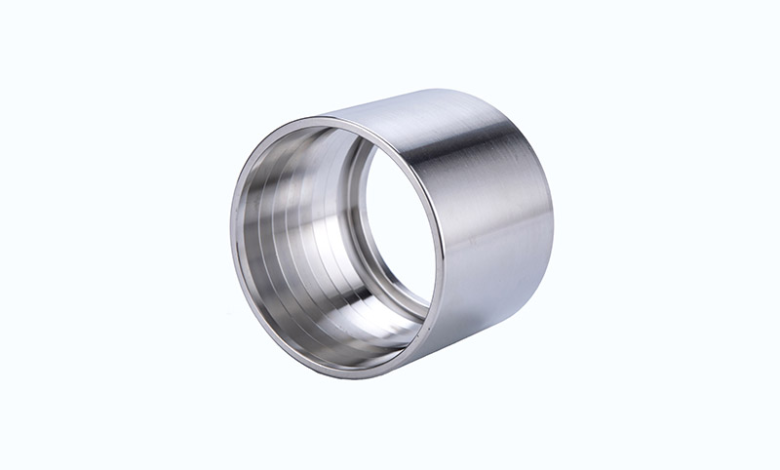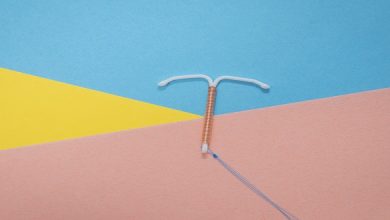Usage Of Sanitary Clamp

If you’re inexperienced with sanitary clamps, you may have system troubles you can’t fix. This article explains how to install clamps to fix frequent concerns correctly.
In production, sanitary clamps keep systems clean. Stainless steel sanitary clamps are available in over 100 grades. The most frequent grade is 304. Duplex, ferritic, austenitic, martensitic, and precipitation-hardening clamps are available. If you need help choosing sanitary clamps, ask your manufacturer.
Setup: Eliminating errors is crucial to a successful system connection. If sanitary valves are misaligned, air and germs might seep through the gap, compromising cleanliness. To avoid this problem and keep your goods safe, use sanitary clamps.
Inspection: Check for gasket residue that might prevent the tri-clamp sanitary ferrule from joining evenly. Check the surface for scratches or defects. While valves are normally smooth, installation equipment may cause scratches.
Check for gasket rips, cracks, and dislodgement. Replace a fragile gasket. Electric gaskets should be robust yet flexible.
Regular inspections should be done to avoid difficulties and contaminations. Even if you’re not having problems, being educated can assist you in avoiding destroying your goods.
Installation: If all the valves are connected properly, put the clamps in. Place the gasket between the aligned ferrules. After fitting the gasket, secure the faces with the clamp. Squeeze flanges while putting in ferrules. This guarantees a secure seal and aligned ends.
Check for faults after installation. First, make sure valves and fittings aren’t under or over-tightened. Too-tight fittings might cause the gasket to protrude into the pipe, causing damage. Correctly fitted gaskets should leave room between jaws.
Too much room might bring problems. It may not generate leaks, but it might cause unsanitary accumulation. Future gaskets, ferrules, and sanitary clamps should be routinely inspected. Vibrations from usage may displace components over time. Therefore, monitoring is key.
Properly fitting valves and using sanitary clips prevent contamination. Once everything is in place, do frequent checks to verify nothing is compromised. Union Metal can check your system if you’re unsure.





